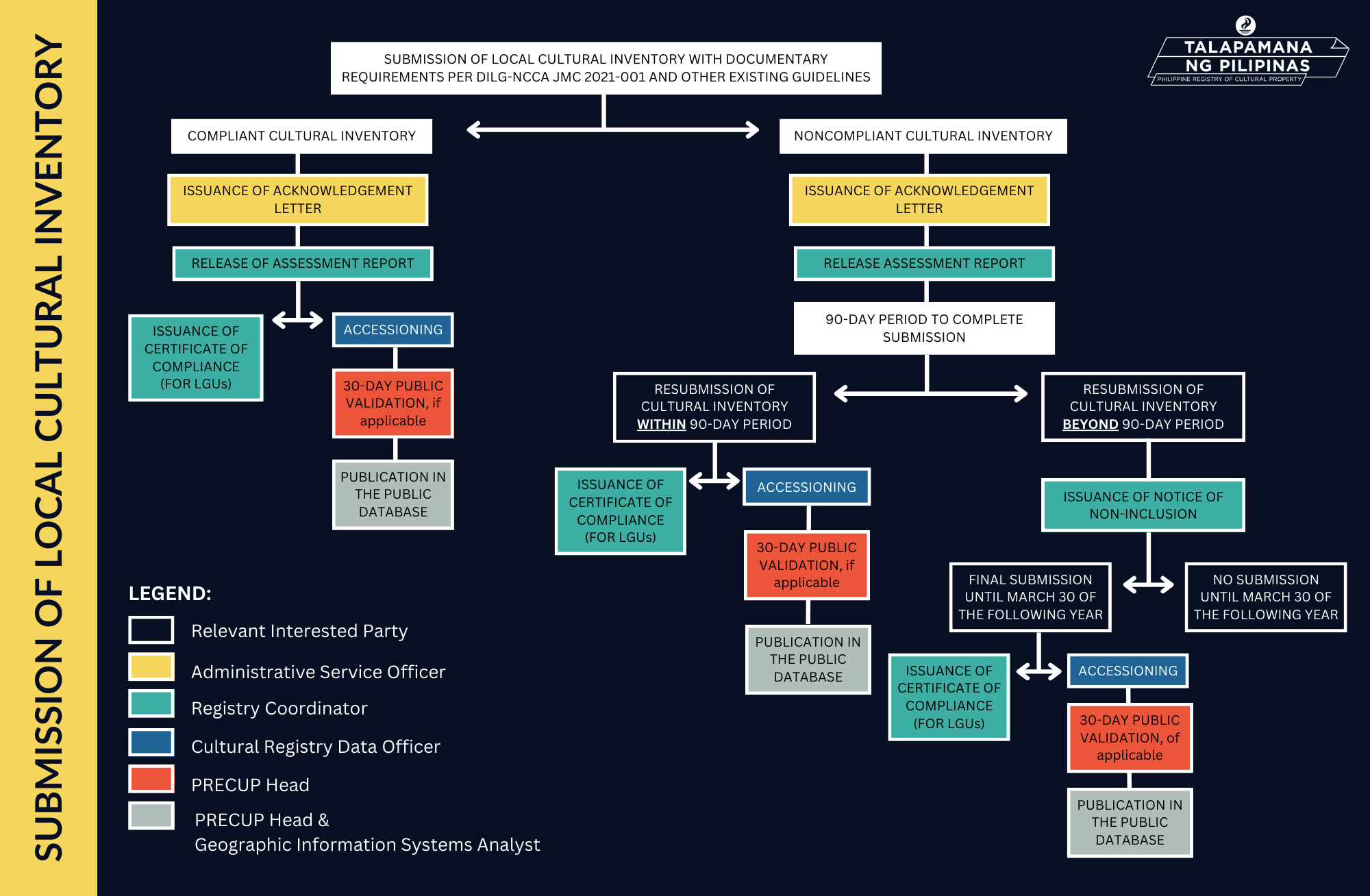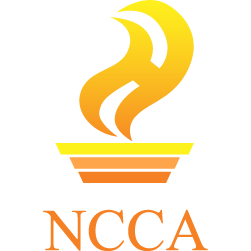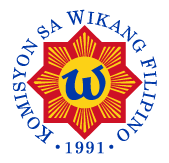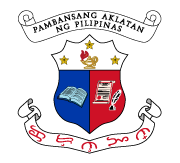ABOUT PRH
The Philippine Registry of Heritage (PRH), also known as the Talapamana ng Pilipinas, is the central repository of all information pertaining to cultural properties in the Philippines deemed significant to our cultural heritage. It was established by virtue of Article V of Section 14 of Republic Act 10066, as amended by RA 11961 otherwise known as the National Heritage Act of 2009. The Registry operates under the Cultural Properties Regulation Division of the National Commission for Culture and the Arts (NCCA).
The Registry upholds the right to privacy as mandated by the Constitution. As such, it complies with the provisions of the Data Privacy Act of 2012.See Data Privacy Statement here.
National Cultural Treasures
Important Cultural Property
National Historical Shrines
National Historical Landmarks
National Historical Monuments
UNESCO World Heritage Sites
Presumed Important Cultural Property
Local Important Cultural Properties
PROPERTIES REGISTRATION
The PRH is maintained through the combined efforts of cultural agencies, other government agencies, local government units (LGUs), government-owned and controlled corporations (GOCCs), instrumentalities, public and private education institutions, and owners of cultural properties.
LOCAL CULTURAL INVENTORY
Cultural properties are registered through the combined effort of Cultural Agencies including the National Museum, the National Historical Commission of the Philippines, the National Archives, and the National Library of the Philippines as well as of Local Government Units (LGUs). LGUs are to document cultural properties significant to their locality.
Checklist in Submitting a Local Cultural Inventory (LCI)
PRIVATELY-OWNED MOVABLE CULTURAL PROPERTY
APPLICATION PROCESS
Documentary Requirements
Submission Requirements
Online:
- Use this for the subject format: [REGISTRATION] <Property Name>_<Private Collector or Licensed Dealer>
- Send the documents to talapamana@ncca.gov.ph
Physical/Courier:
- Mail or visit:
Philippine Registry of Heritage
Cultural Properties Regulation Division
West Wing, Ground Floor, The Metropolitan Theater Padre Burgos Avenue, Ermita 1000 Manila, Philippines










